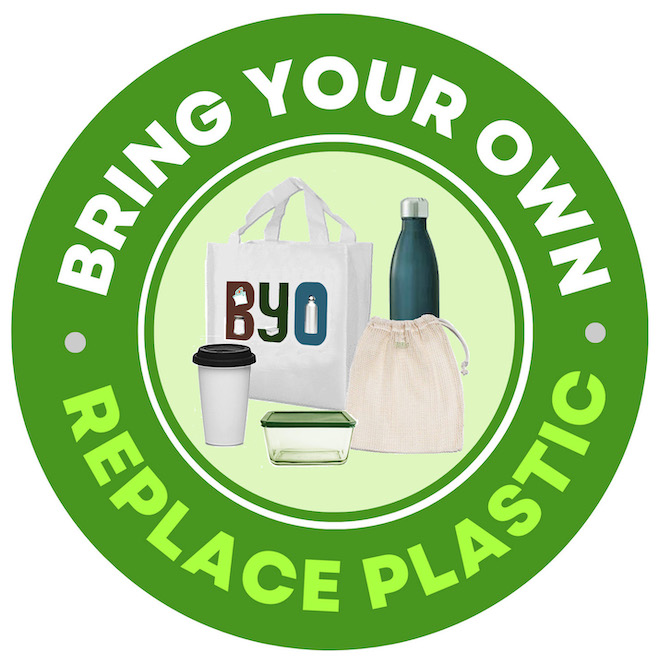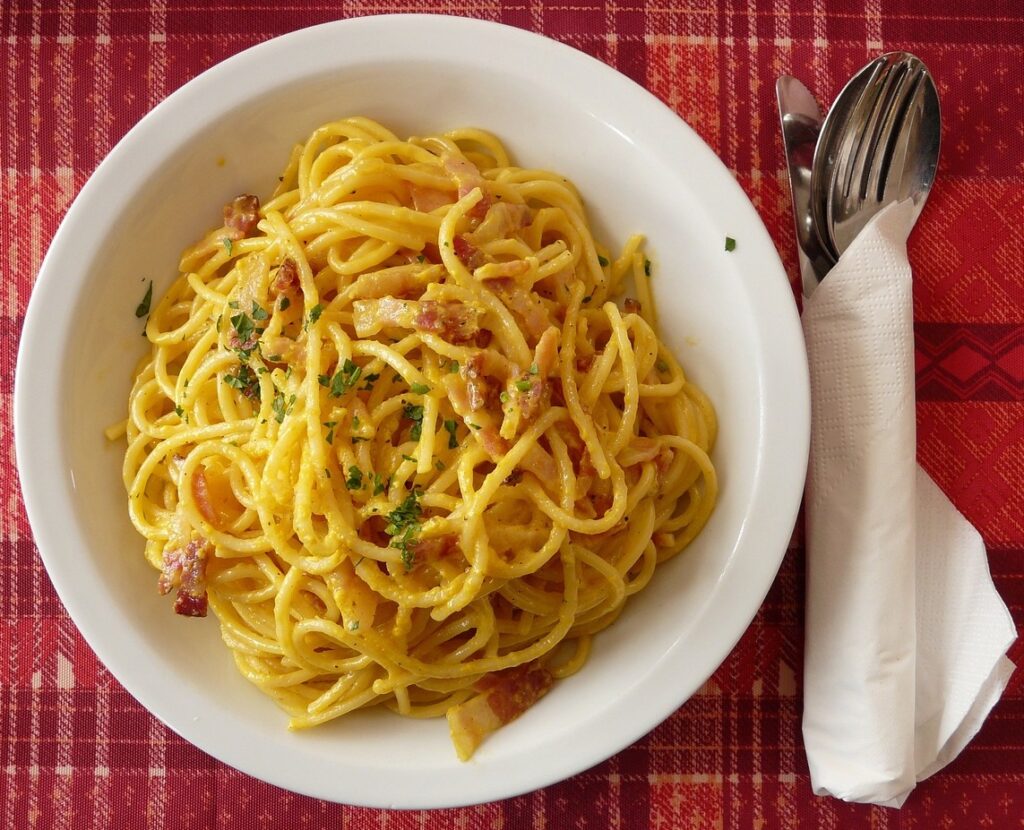HOW?
1. Have customers bring their own bags, cups and containers to the store.
2. Switch to non-plastic plates, glasses and silverware in restaurants.
3. Switch to reusable food containers for leftovers and takeouts.
Please see the Replace Plastic Foodware Guide for selection of reusable or compostable products, and download the Cost Benefit Analysis to determine the impact on your business.


